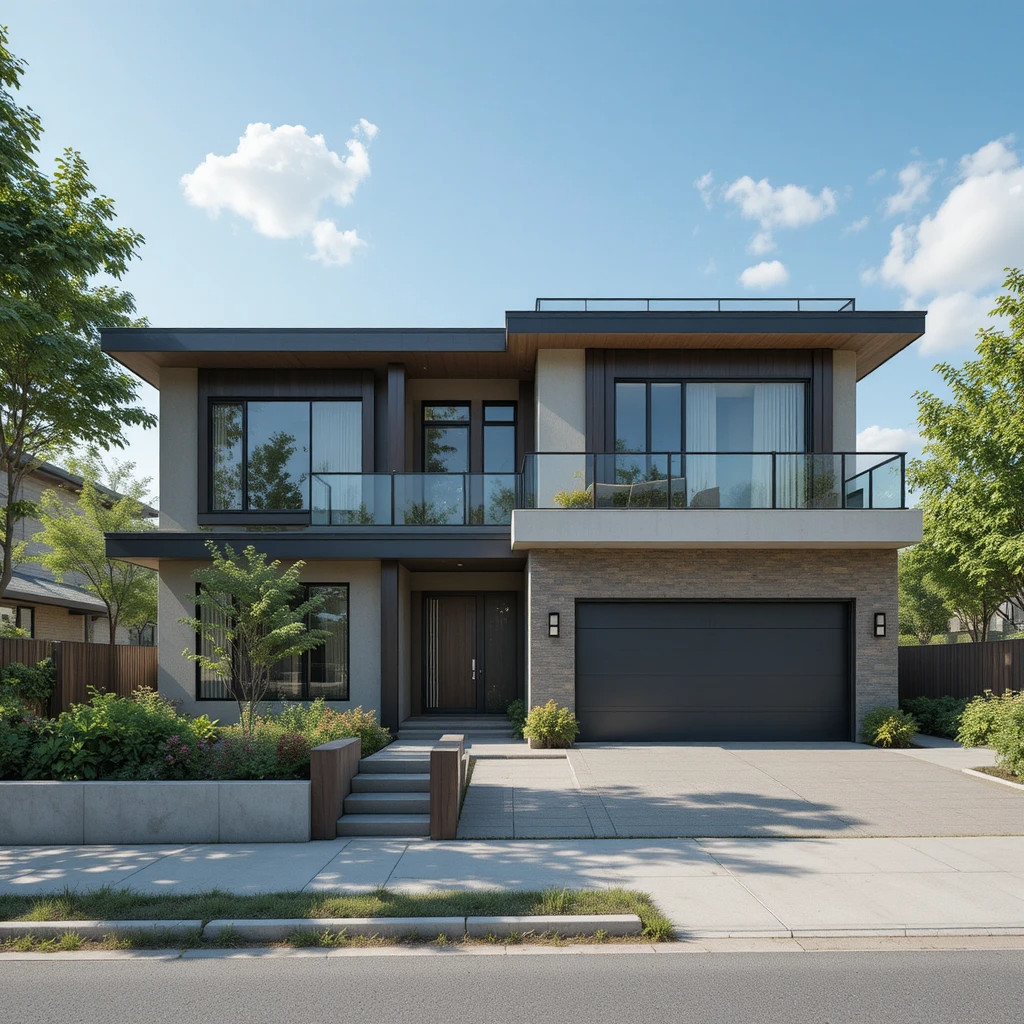
A Home for Your Family – How Many Rooms Do You Really Need?
Buying or building a home for your family is one of the biggest decisions you’ll ever make. One of the first questions to answer is: how many rooms do we actually need? The right number of rooms depends on your family’s size, lifestyle, and long-term plans. Here’s how to figure it out.
1. Start with the Basics: Bedrooms and Bathrooms
Most families start by counting the bedrooms. A good rule of thumb is:
-
One bedroom per child, plus one for the parents.
-
A guest room if you often have visitors or relatives staying over.
Bathrooms are equally important. A family of four should ideally have at least two bathrooms — one for the parents and one for the kids. If your home has two stories, try to have at least one bathroom on each floor.
2. Think About How You Live Every Day
The number of rooms you need also depends on your family’s daily rhythm.
Ask yourselves:
-
Do you all spend time together in the living room, or does everyone prefer their own space?
-
Do you work from home? If so, a home office (or at least a quiet corner) is a must.
-
Do your kids need a playroom, or can they share space in the living area?
Design your home around how you actually live — not how you think you should live.
3. Don’t Forget Functional Spaces
It’s easy to focus only on bedrooms and the kitchen, but functional rooms make a big difference in daily comfort:
-
Laundry room: Keeps noise and clutter out of the main areas.
-
Mudroom or entryway: Perfect for shoes, coats, and backpacks.
-
Pantry or storage room: Keeps your kitchen tidy and organized.
-
Garage or workshop: Especially useful for families with hobbies, sports gear, or bicycles.
4. Plan for the Future
Think long-term.
-
Are you planning to have more children?
-
Will an elderly relative move in one day?
-
Will your kids need study space as they grow older?
Choosing a home that can adapt over time is smarter than trying to predict every detail now. A flexible layout, such as a finished basement or an attic that could become an extra bedroom, gives you room to grow.
5. Don’t Overdo It
More rooms mean higher costs — not just to buy or build, but also to heat, clean, and maintain. A home that fits your family’s real needs will feel cozier and more efficient than one that’s too large. Sometimes, less really is more.
Final Thoughts
When deciding how many rooms your family needs, balance comfort, practicality, and future plans. Focus on spaces that will make everyday life easier, not just bigger. A well-thought-out home grows with your family and creates space for what truly matters — spending time together.